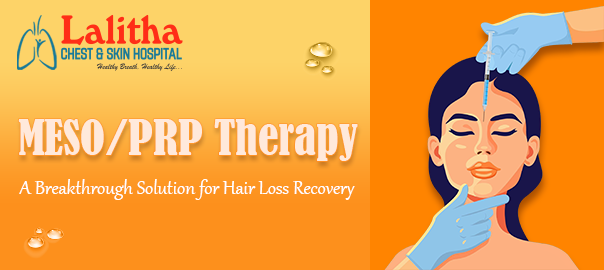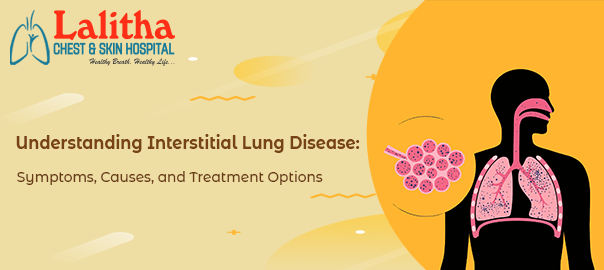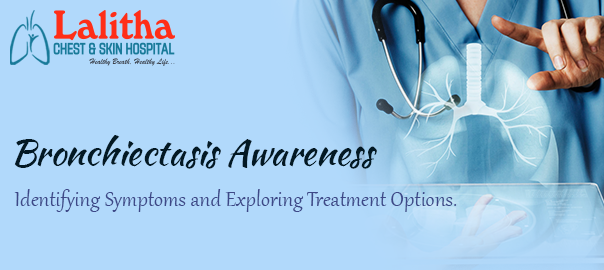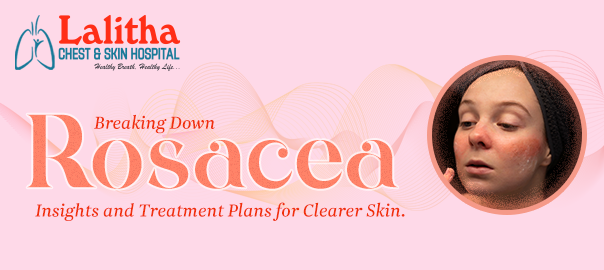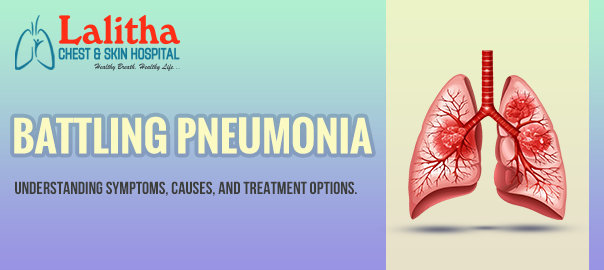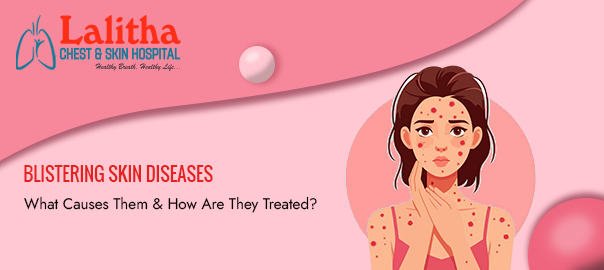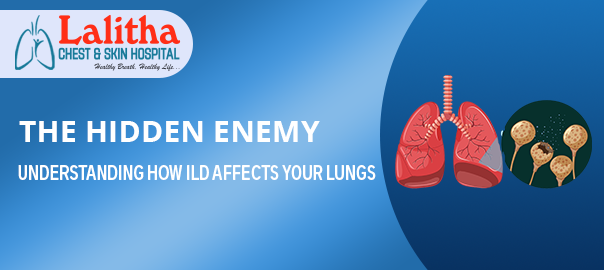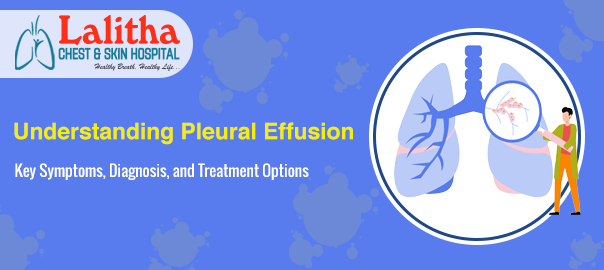Hair loss is a common issue affecting millions of men and women worldwide. Whether it is due to genetics, aging, stress, or medical conditions, hair thinning and balding can impact one’s confidence and self-esteem.
Fortunately, advancements in medical science offer new hope for those struggling with hair loss, and MESO/PRP Therapy has emerged as one of the most promising and effective solutions.
MESO/PRP Therapy for Hair Loss Recovery:
MESO/PRP Therapy combines two powerful techniques—monotherapy and Platelet-Rich Plasma (PRP) treatment which are designed to stimulate hair regrowth naturally.
Mesotherapy is a non-surgical treatment that involves microinjections of vitamins, minerals, amino acids, and medications directly into the scalp. This provides the hair follicles with essential nutrients, improves blood circulation, and strengthens the existing hair.
PRP Therapy involves extracting a small amount of blood from the patient, processing it to concentrate the platelets, and injecting the PRP (rich in growth factors) into the scalp. The growth factors in PRP help stimulate the dormant hair follicles and accelerate tissue repair and regeneration.
By combining these two treatments, MESO/PRP Therapy works holistically to promote natural hair growth, reduce hair thinning, and improve the overall health of the scalp,” says a skin specialist in your area.
In this blog post, we’ll explore MESO/PRP Therapy, exploring how it works, its benefits, and why it is considered a breakthrough solution in hair loss recovery.
How Does MESO/PRP Therapy Work?
- Initial Consultation: Before starting the treatment, a thorough consultation with a hair restoration specialist is conducted to assess the individual’s hair loss condition and determine the suitability of the treatment.
- Mesotherapy Treatment: The first phase of the therapy involves a series of microinjections directly into the scalp. The ingredients in the injections are customized to the patient’s needs, providing essential nutrients to the hair follicles.
- PRP Injection: Following the mesotherapy session, PRP is prepared from the patient’s blood and injected into targeted areas of the scalp. The growth factors in PRP boost cellular regeneration, helping to revitalize hair follicles.
- Follow-up Sessions: Follow-up sessions may be recommended depending on the extent of hair loss and individual response to treatment. Most patients see noticeable results after just a few sessions.
Benefits of MESO/PRP Therapy
- Non-Surgical and Minimally Invasive: MESO/PRP Therapy is a safe and non-surgical treatment option, making it an excellent alternative for those hesitant about hair transplant surgery. Patients can return to their daily activities almost immediately with little to no downtime.
- Natural Hair Regrowth: Unlike other treatments that rely on artificial means or medications with potential side effects, MESO/PRP Therapy uses the body’s natural healing and regenerative powers. The process encourages the natural growth of stronger, thicker, healthier hair.
- Improved Scalp Health: Both mesotherapy and PRP injections nourish the scalp, improve blood circulation, and create a healthier environment for hair growth. This ensures that the hair follicles receive the necessary nutrients and oxygen, leading to sustained hair growth.
- Customizable Treatment: Each MESO/PRP Therapy session is tailored to the individual’s hair loss condition. This personalized approach maximizes the chances of success and ensures that patients receive the most appropriate treatment for their unique needs.
- Minimal Side Effects: Since the PRP is derived from the patient’s own blood, the risk of allergic reactions or adverse effects is minimal. Most patients experience only mild redness or swelling at the injection site, which typically resolves within a day or two.
Who Can Benefit from MESO/PRP Therapy?
MESO/PRP Therapy is suitable for men and women experiencing various stages of hair loss. Whether in the early stages of thinning hair or dealing with more advanced hair loss, this treatment can help you regain confidence by restoring your natural hair. However, it’s essential to consult with a specialist to determine if you’re a good candidate for the therapy.
Ideal candidates include:
- Individuals with androgenetic alopecia (male and female pattern baldness)
- Those experiencing hair thinning due to stress, hormonal imbalances, or aging
- Patients who want to strengthen and thicken their existing hair
- Individuals who prefer a non-surgical hair restoration option
Hair loss can be overwhelming, but MESO/PRP Therapy delivers a natural, safe, and effective option for those looking to restore hair fullness. With its combination of mesotherapy and PRP, the treatment targets hair loss at its source, stimulating healthier and stronger hair growth,” states the best hospital for hair fall treatment.
For the best results, consult a specialized and reputable hair specialist. By working with experts in a leading facility, you’ll receive personalized care that caters to your specific needs, ensuring more effective treatment and long-term improvement in hair health and overall well-being.
For the best results and in-depth information on hair loss, booking a consultation with a dermatologist specializing in this treatment is advisable.
If you’re dealing with hair loss and looking up phrases like ‘hair loss treatment near me‘ or ‘PRP treatment near me,’ on Google, we can save your time by offering the right information and support you need to make a well-informed decision.
At Lalitha Chest and Skin Hospital, Dr. B. Jyothi is Karimnagar’s top female dermatologist, specializing in innovative treatments for hair loss. For more information, visit our website: https://lalithachestandskinhospital.com/

